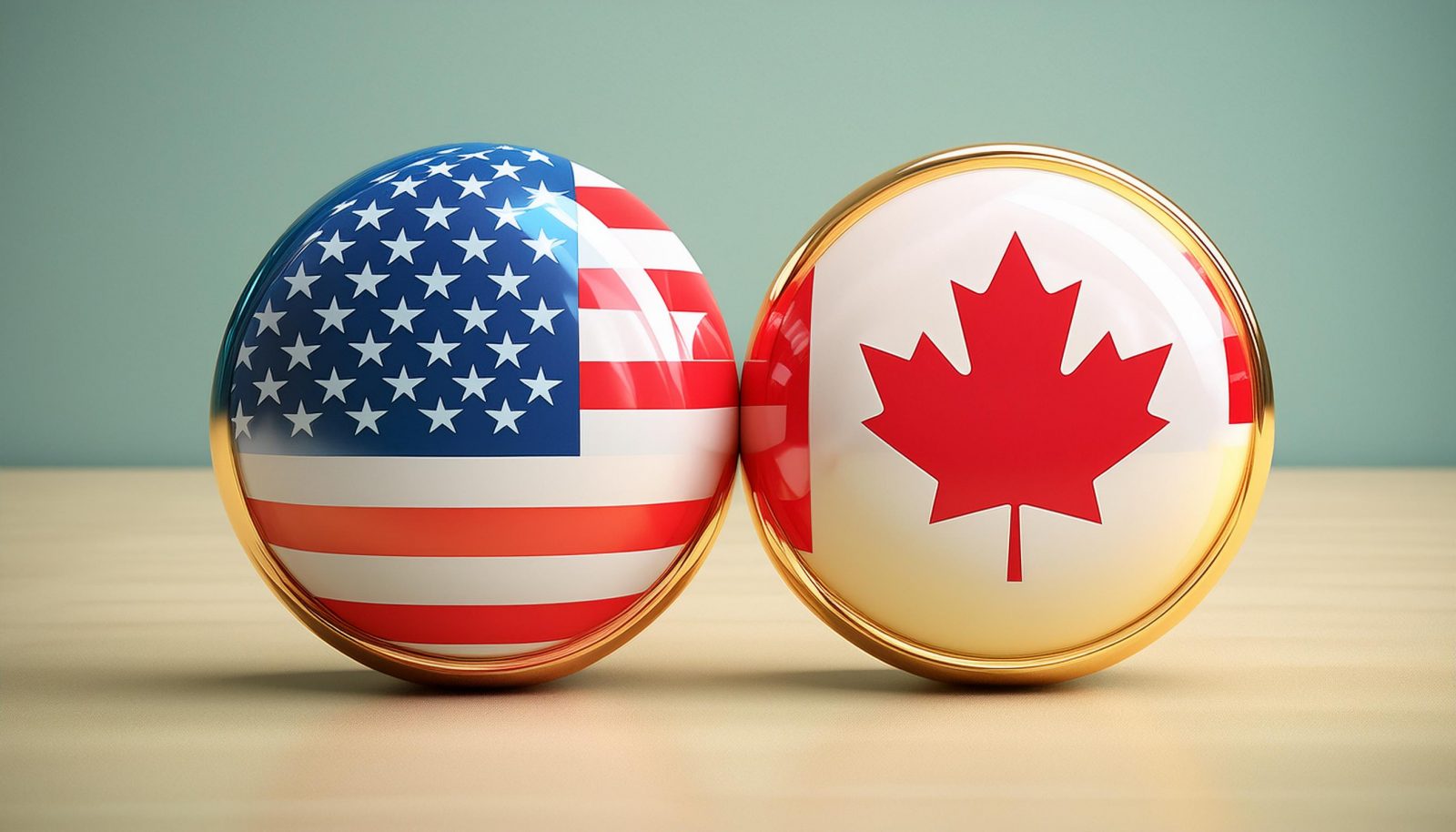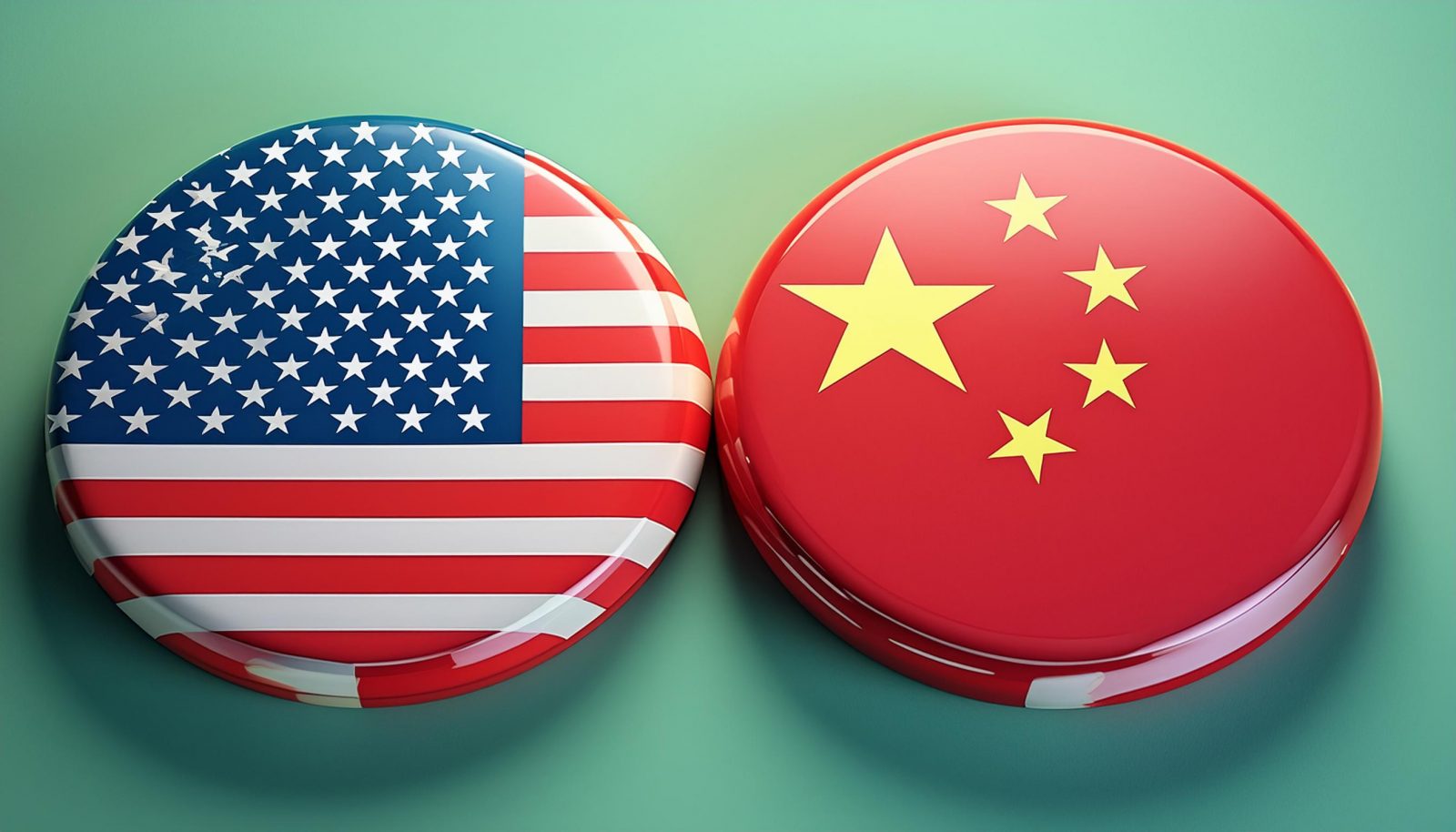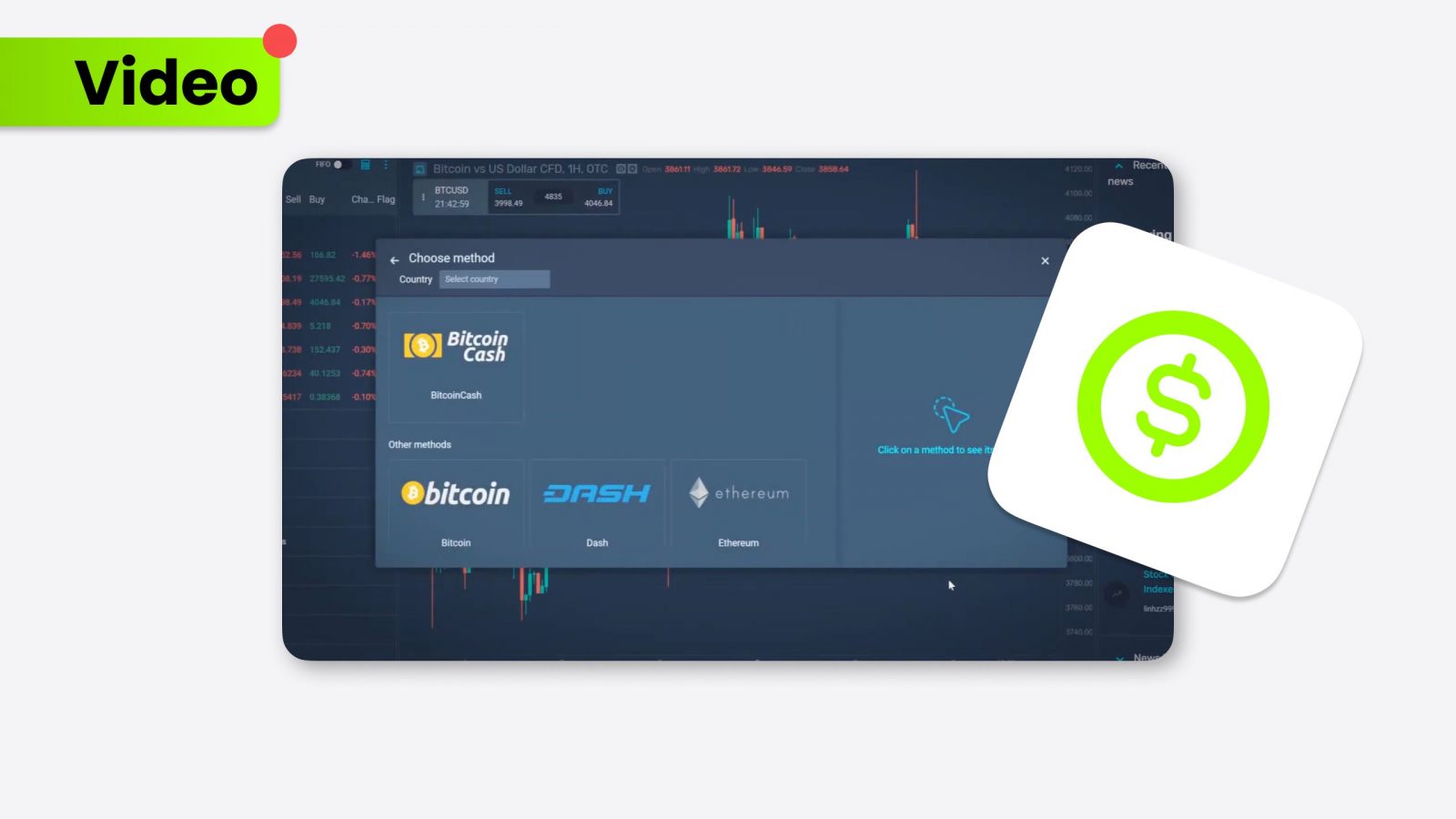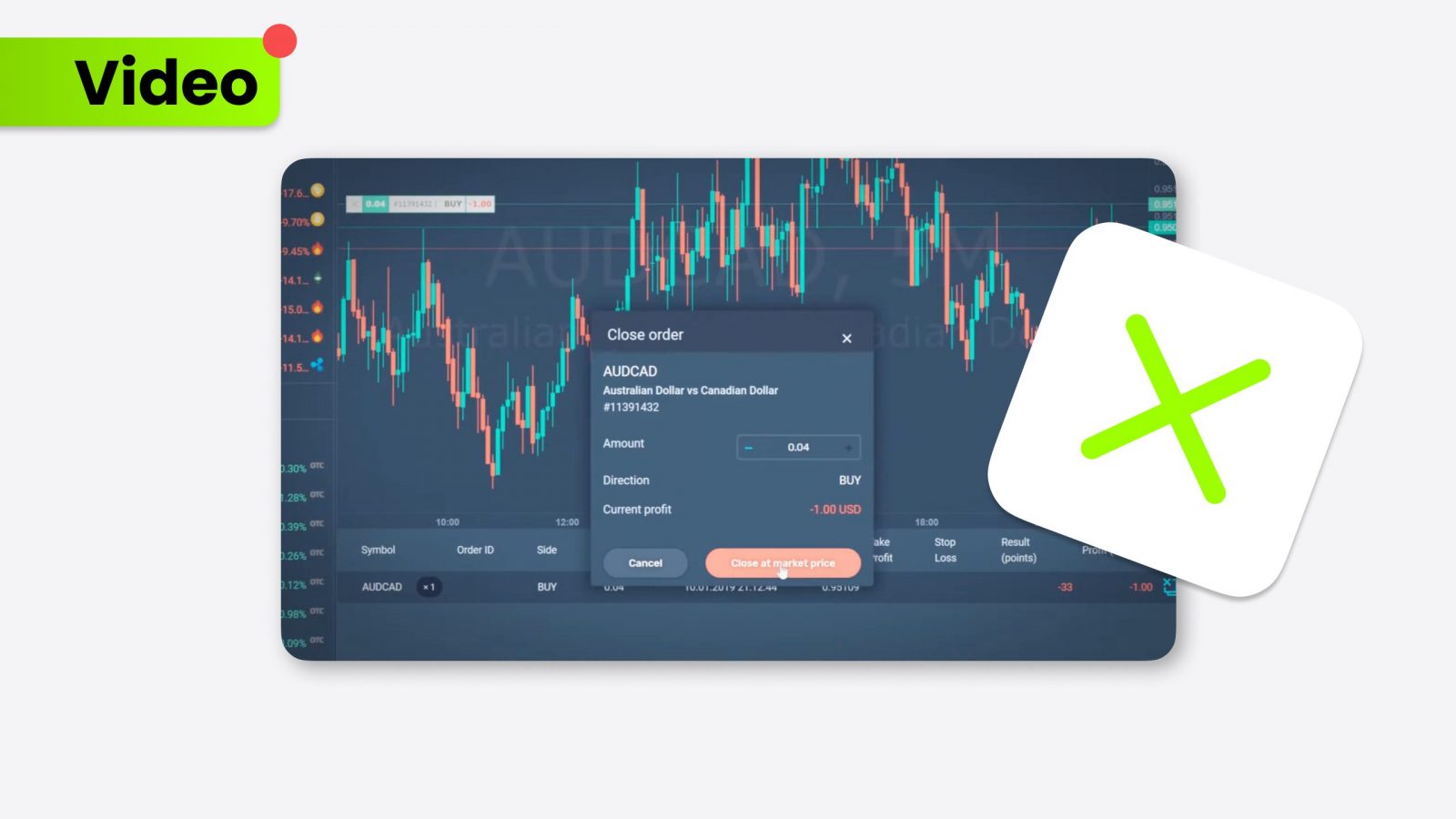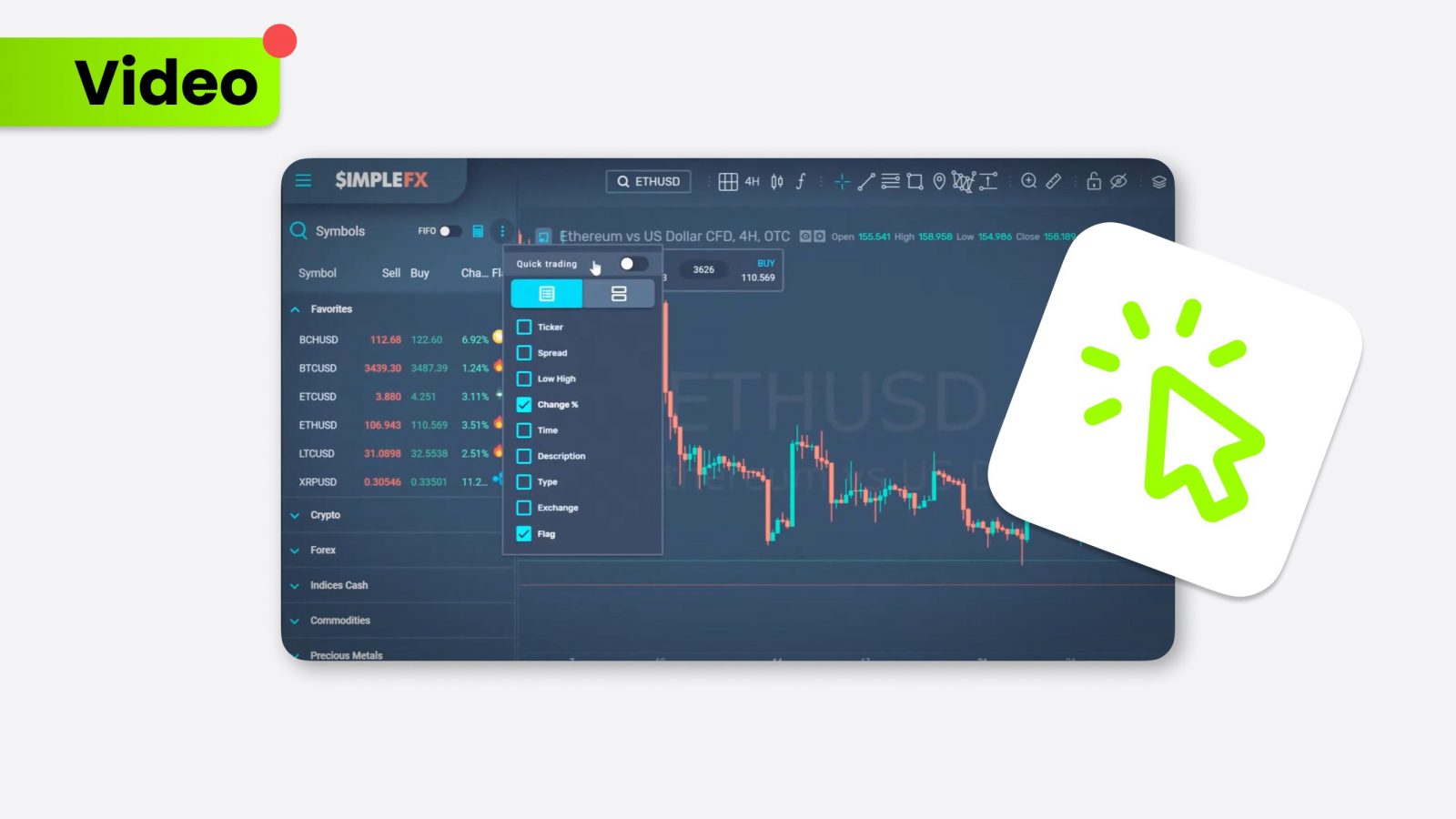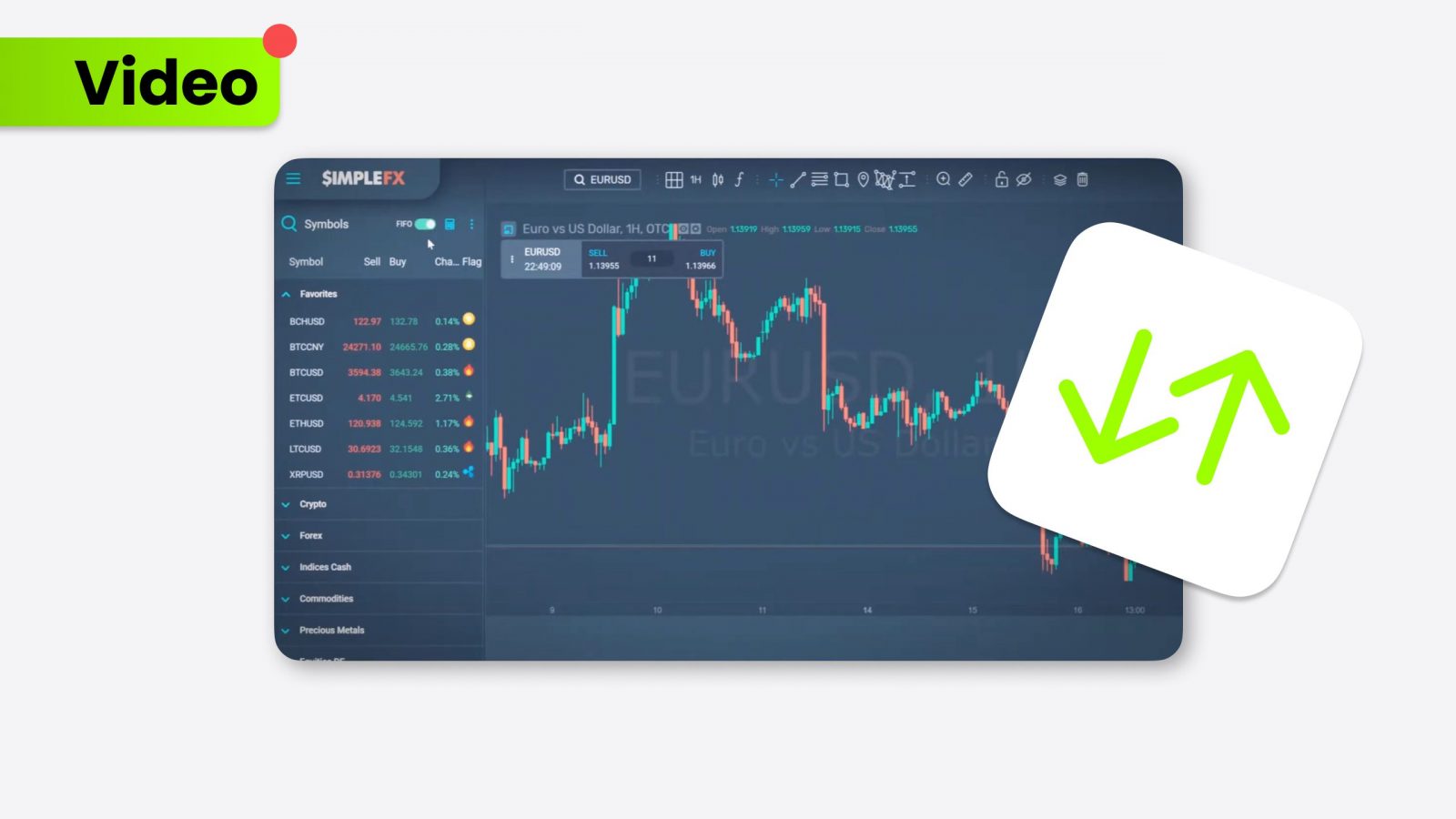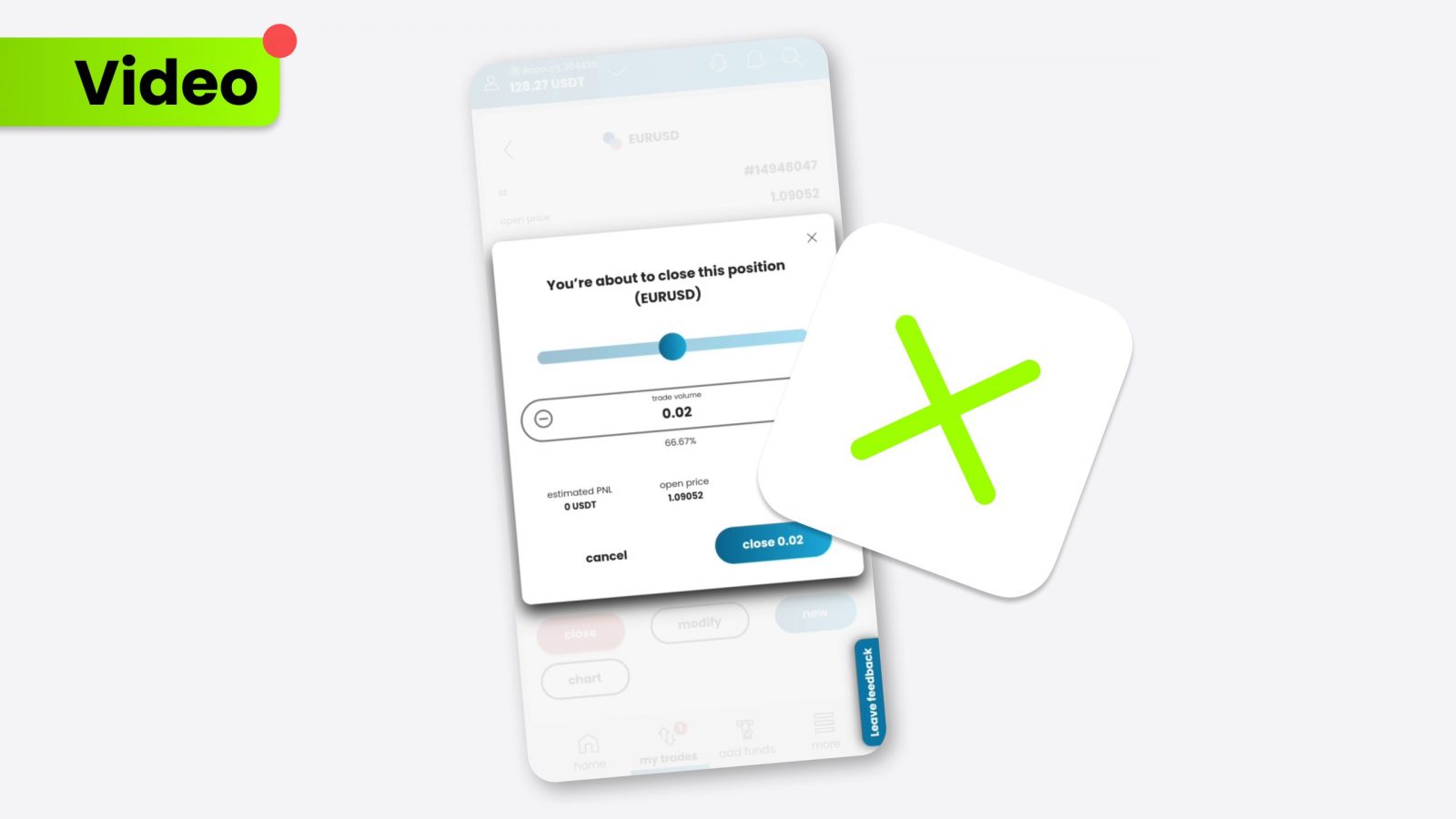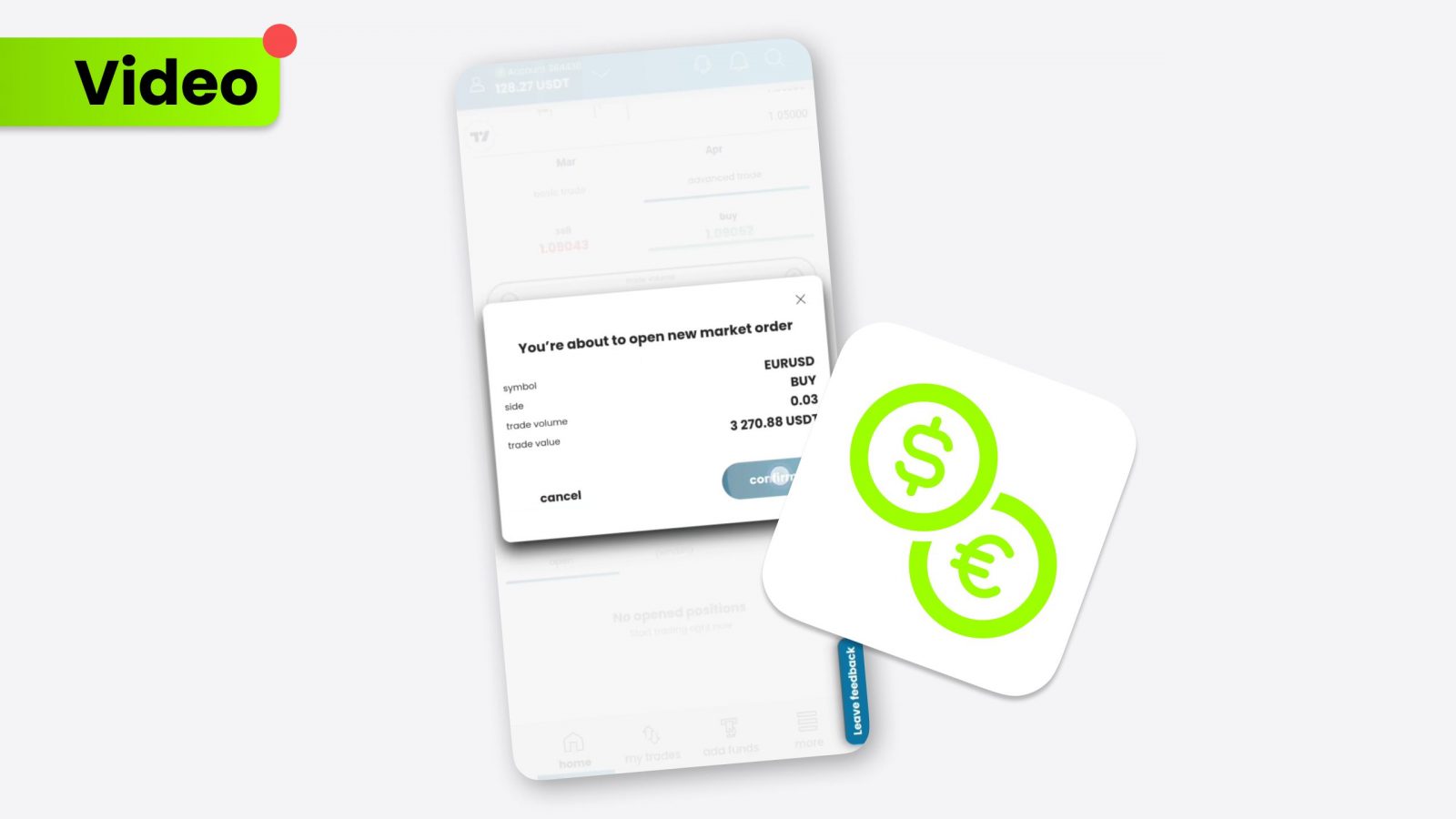The Producer Price Index (PPI) is a key economic indicator that tracks the average changes in selling prices received by domestic producers for their output over time. By focusing on the production side of the economy, it provides valuable insights into inflation trends and influences policy decisions, business strategies, and financial market forecasts.
- Learn about the role of the Producer Price Index in tracking inflation.
- Understand the difference between PPI and CPI.
- Discover how the PPI influences economic indicators such as the U.S. Dollar and GDP.
PPI: Meaning
The PPI refers to the price changes that domestic producers receive for their goods and services over time. Unlike the Consumer Price Index (CPI), which tracks retail-level prices, the PPI looks at price changes from the seller’s perspective, making it an early indicator of inflationary trends. These price changes are often passed on to consumers, meaning the PPI can help predict future consumer inflation.
Producer Price Index: What does it mean?
The Producer Price Index (PPI) measures price fluctuations across various sectors of the economy, including manufacturing, agriculture, mining, and services. It is an essential metric for businesses and policymakers, providing insights into potential cost pressures that could affect profitability or lead to inflation. For example, a rising PPI often signals that businesses face higher input costs, which they may pass on to consumers, potentially increasing prices and inflation. These inflationary pressures can directly impact economic growth and GDP.
Additionally, rising production costs may affect employment, with businesses opting to cut back on their workforce, influencing labor markets and reports like the NFP (Non-Farm Payroll). When input costs rise significantly, businesses might also reduce production, leading to a potential hiring slowdown or job losses, further affecting both short-term market performance and long-term GDP trends.
Core PPI
The Core PPI excludes food and energy prices due to their volatility, giving a clearer view of underlying inflation trends. These categories tend to fluctuate more sharply due to external factors like weather or geopolitical events, making core PPI a more stable measure for assessing long-term inflationary trends. Analysts use Core PPI to assess economic conditions without the short-term distortions caused by these volatile sectors.
What does the PPI measure?
The PPI measures the average price changes received by producers for their goods and services over time, from the raw material stage to the final product. It provides a comprehensive look at price changes across the entire supply chain. The index is divided into three main categories: industry-based, commodity-based, and stage-of-processing-based. This allows for a more detailed analysis of specific sectors and price trends, contributing to a better understanding of U.S. GDP growth, interest rates decisions, and the economic indicators that shape market performance.
PPI vs. CPI
While the PPI and CPI measure inflation, they do so from different perspectives. The CPI tracks consumers’ prices for goods and services, while the PPI tracks prices at the producer level. Changes in the PPI often precede changes in the CPI, making the PPI a leading indicator for inflation. This is because increased production costs are often passed on to consumers. For example, rising producer prices can lead to a higher CPI, affecting the U.S. Dollar’s purchasing power, Euro to Dollar exchange rates, and overall market stability.
Producer Price Index: Conclusion
The Producer Price Index is a crucial economic tool for tracking inflation and understanding cost pressures within the supply chain. By monitoring PPI trends, policymakers can adjust interest rates and monetary policy to maintain economic stability. Businesses, investors, and consumers can use PPI data to make informed pricing, investment strategies, and cost management decisions. As a result, the PPI plays a vital role in assessing the broader economic landscape, influencing everything from inflation to NFP reports and overall economic performance.


























